Puneet Kohli
Holopix50k: A Large-Scale In-the-wild Stereo Image Dataset
Mar 25, 2020



Abstract:With the mass-market adoption of dual-camera mobile phones, leveraging stereo information in computer vision has become increasingly important. Current state-of-the-art methods utilize learning-based algorithms, where the amount and quality of training samples heavily influence results. Existing stereo image datasets are limited either in size or subject variety. Hence, algorithms trained on such datasets do not generalize well to scenarios encountered in mobile photography. We present Holopix50k, a novel in-the-wild stereo image dataset, comprising 49,368 image pairs contributed by users of the Holopix mobile social platform. In this work, we describe our data collection process and statistically compare our dataset to other popular stereo datasets. We experimentally show that using our dataset significantly improves results for tasks such as stereo super-resolution and self-supervised monocular depth estimation. Finally, we showcase practical applications of our dataset to motivate novel works and use cases. The Holopix50k dataset is available at http://github.com/leiainc/holopix50k
GPU-Accelerated Mobile Multi-view Style Transfer
Mar 02, 2020



Abstract:An estimated 60% of smartphones sold in 2018 were equipped with multiple rear cameras, enabling a wide variety of 3D-enabled applications such as 3D Photos. The success of 3D Photo platforms (Facebook 3D Photo, Holopix, etc) depend on a steady influx of user generated content. These platforms must provide simple image manipulation tools to facilitate content creation, akin to traditional photo platforms. Artistic neural style transfer, propelled by recent advancements in GPU technology, is one such tool for enhancing traditional photos. However, naively extrapolating single-view neural style transfer to the multi-view scenario produces visually inconsistent results and is prohibitively slow on mobile devices. We present a GPU-accelerated multi-view style transfer pipeline which enforces style consistency between views with on-demand performance on mobile platforms. Our pipeline is modular and creates high quality depth and parallax effects from a stereoscopic image pair.
Enabling Pedestrian Safety using Computer Vision Techniques: A Case Study of the 2018 Uber Inc. Self-driving Car Crash
May 30, 2018
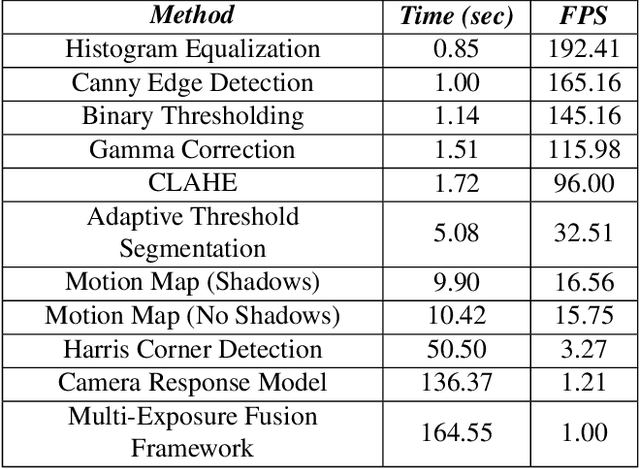
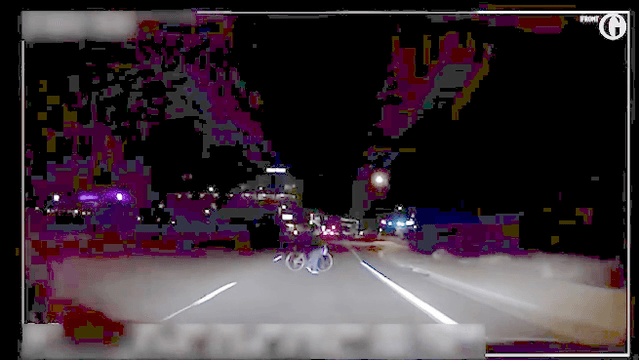
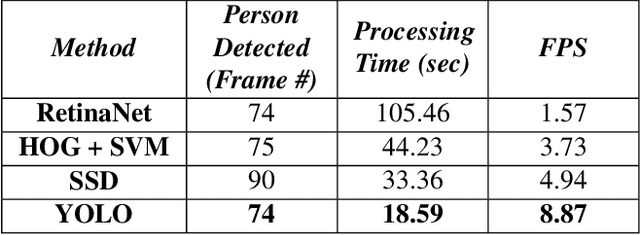
Abstract:Human lives are important. The decision to allow self-driving vehicles operate on our roads carries great weight. This has been a hot topic of debate between policy-makers, technologists and public safety institutions. The recent Uber Inc. self-driving car crash, resulting in the death of a pedestrian, has strengthened the argument that autonomous vehicle technology is still not ready for deployment on public roads. In this work, we analyze the Uber car crash and shed light on the question, "Could the Uber Car Crash have been avoided?". We apply state-of-the-art Computer Vision models to this highly practical scenario. More generally, our experimental results are an evaluation of various image enhancement and object recognition techniques for enabling pedestrian safety in low-lighting conditions using the Uber crash as a case study.
How much is my car worth? A methodology for predicting used cars prices using Random Forest
Nov 19, 2017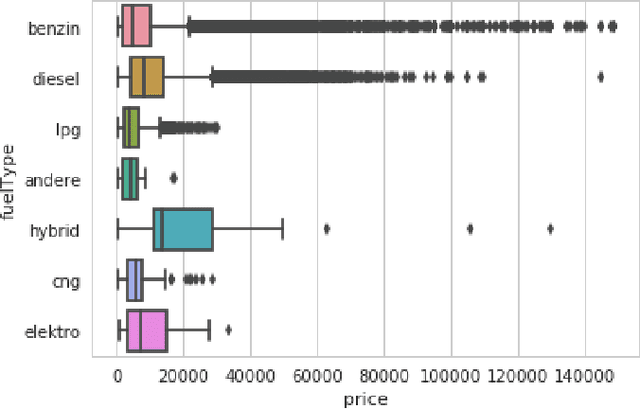
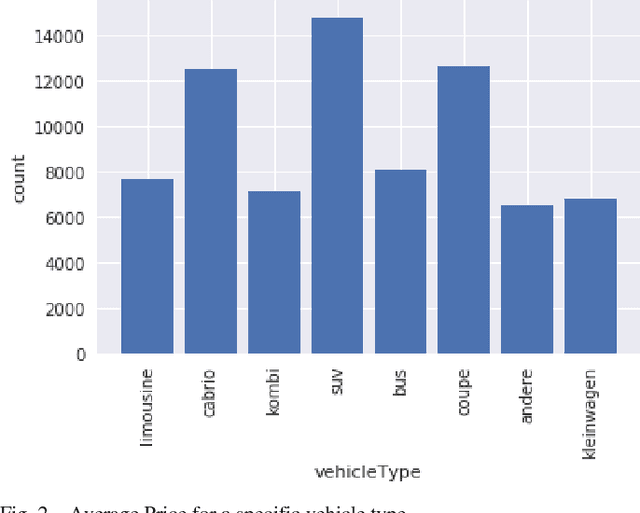
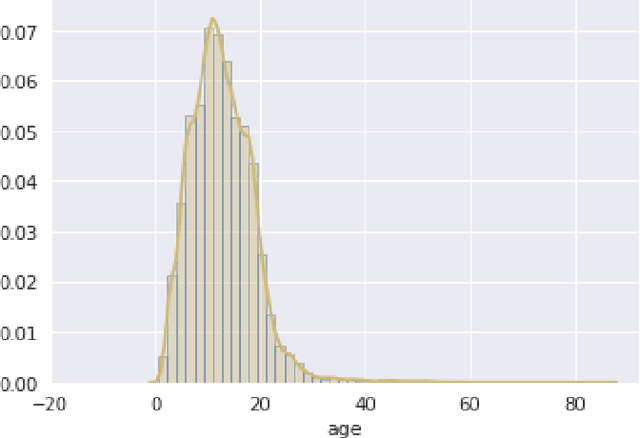
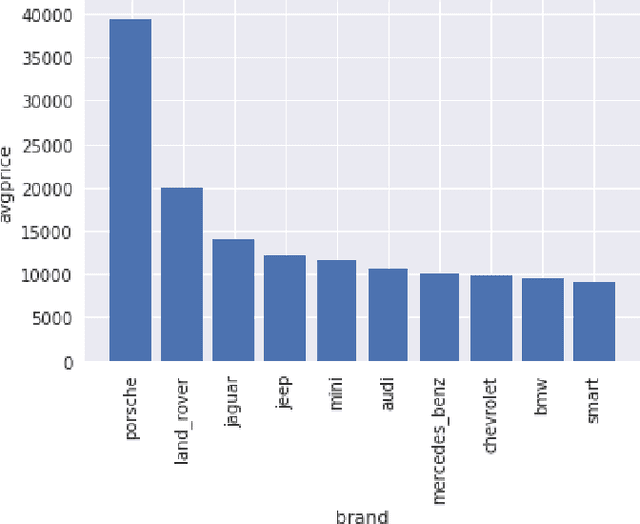
Abstract:Cars are being sold more than ever. Developing countries adopt the lease culture instead of buying a new car due to affordability. Therefore, the rise of used cars sales is exponentially increasing. Car sellers sometimes take advantage of this scenario by listing unrealistic prices owing to the demand. Therefore, arises a need for a model that can assign a price for a vehicle by evaluating its features taking the prices of other cars into consideration. In this paper, we use supervised learning method namely Random Forest to predict the prices of used cars. The model has been chosen after careful exploratory data analysis to determine the impact of each feature on price. A Random Forest with 500 Decision Trees were created to train the data. From experimental results, the training accuracy was found out to be 95.82%, and the testing accuracy was 83.63%. The the model can predict the price of cars accurately by choosing the most correlated features.
 Add to Chrome
Add to Chrome Add to Firefox
Add to Firefox Add to Edge
Add to Edge